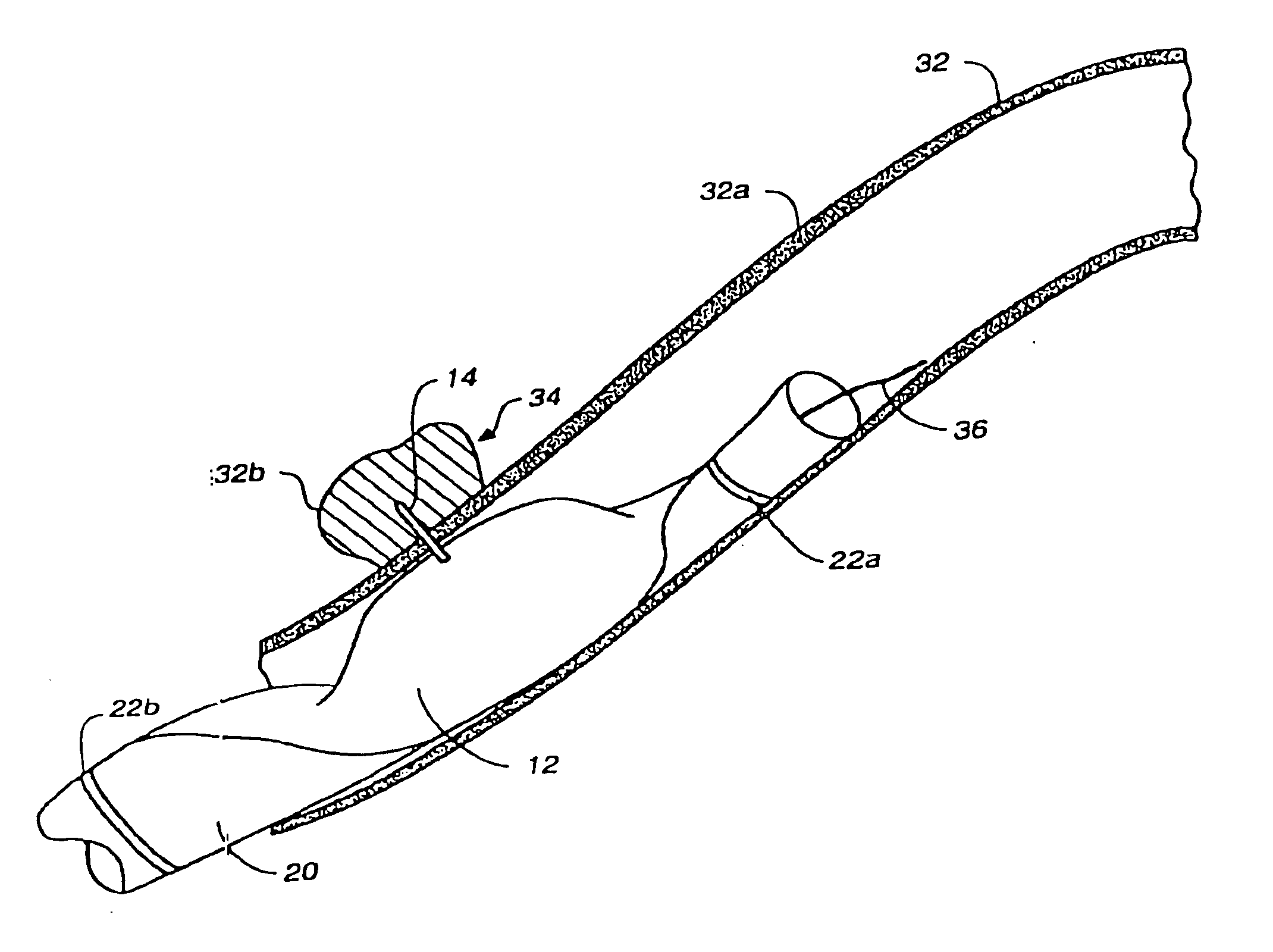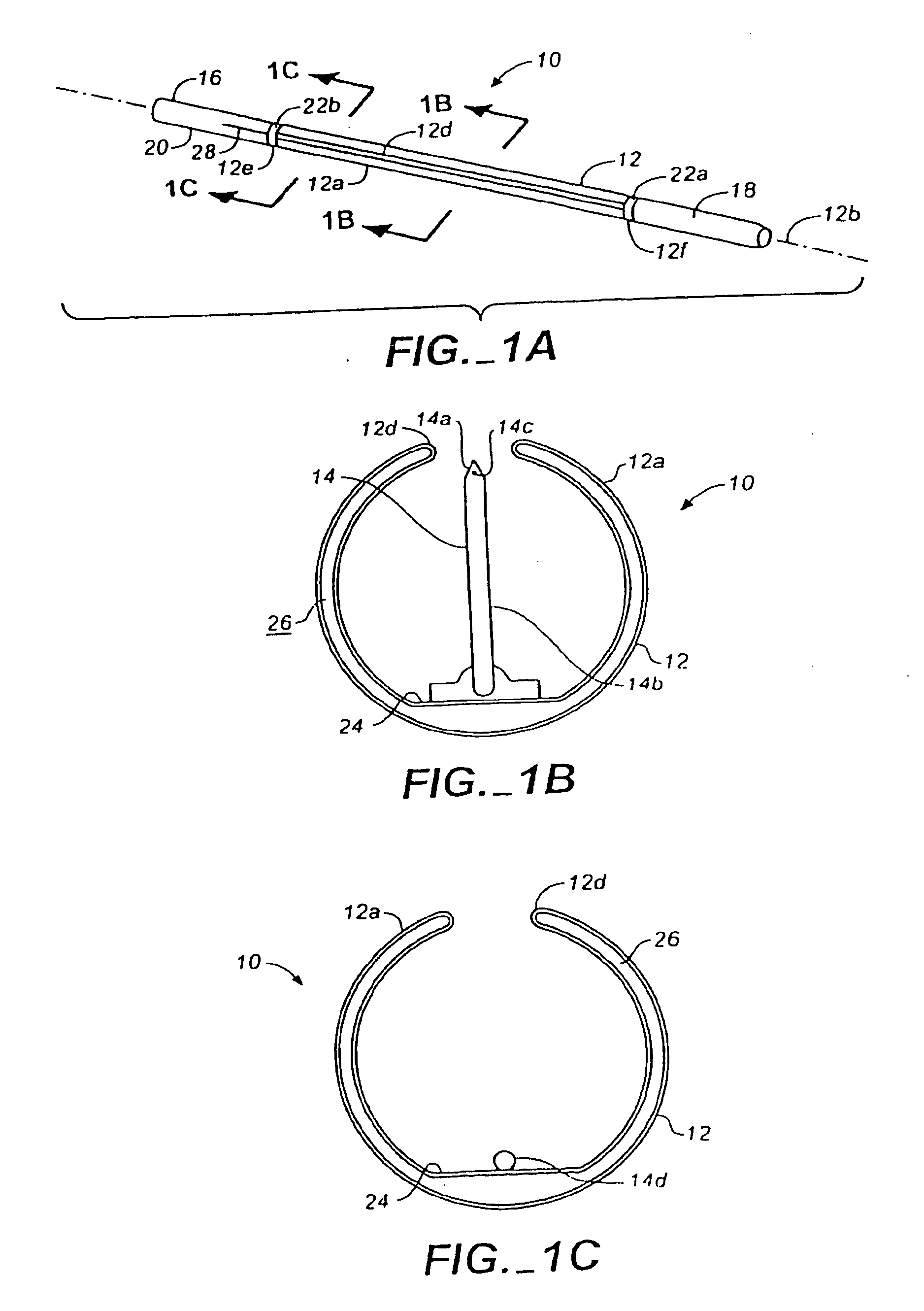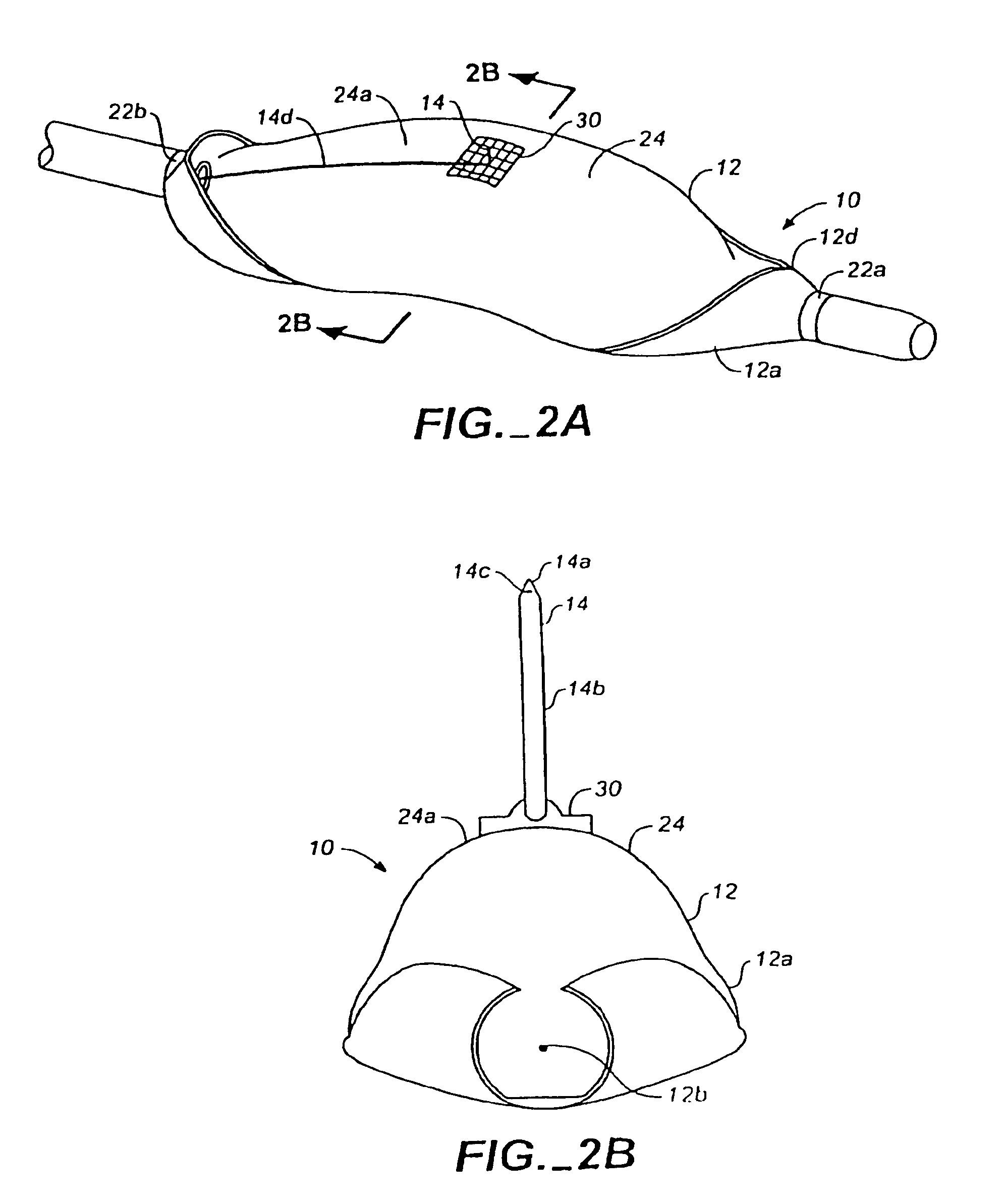Methods and systems for inhibiting arrhythmia
a technology of arrhythmia and systemic treatment, applied in the field of medical methods and devices, can solve the problems of systemic treatment difficult, difficult to achieve the desired pharmakinetic profile, and atrial arrhythmias are also problematic, and achieve the effect of accurate needle positioning
- Summary
- Abstract
- Description
- Claims
- Application Information
AI Technical Summary
Benefits of technology
Problems solved by technology
Method used
Image
Examples
Embodiment Construction
[0029] The present invention provides methods and systems for treating patients at risk of or suffering from cardiac arrhythmias. In particular, these patients will have been diagnosed or otherwise determined to be suffering from a tachycardia, bradycardia, or other cardiac arrhythmia relating to aberrant electrical conduction within the heart. In other cases, however, patients who have recently suffered from an acute myocardial infarction (AMI) or who have or will be undergoing cardiac surgery may also be candidates for receiving treatment according to the present invention in order to reduce the risk associated with future cardiac arrhythmias.
[0030] The present invention will preferably utilize microfabricated devices and methods for intravascular injection of the drug. The following description provides several representative embodiments of microfabricated needles (microneedles) and macroneedles suitable for the delivery of the drug into a perivascular space or adventitial tissu...
PUM
| Property | Measurement | Unit |
|---|---|---|
| axial length | aaaaa | aaaaa |
| diameters | aaaaa | aaaaa |
| diameters | aaaaa | aaaaa |
Abstract
Description
Claims
Application Information
 Login to View More
Login to View More - R&D
- Intellectual Property
- Life Sciences
- Materials
- Tech Scout
- Unparalleled Data Quality
- Higher Quality Content
- 60% Fewer Hallucinations
Browse by: Latest US Patents, China's latest patents, Technical Efficacy Thesaurus, Application Domain, Technology Topic, Popular Technical Reports.
© 2025 PatSnap. All rights reserved.Legal|Privacy policy|Modern Slavery Act Transparency Statement|Sitemap|About US| Contact US: help@patsnap.com



